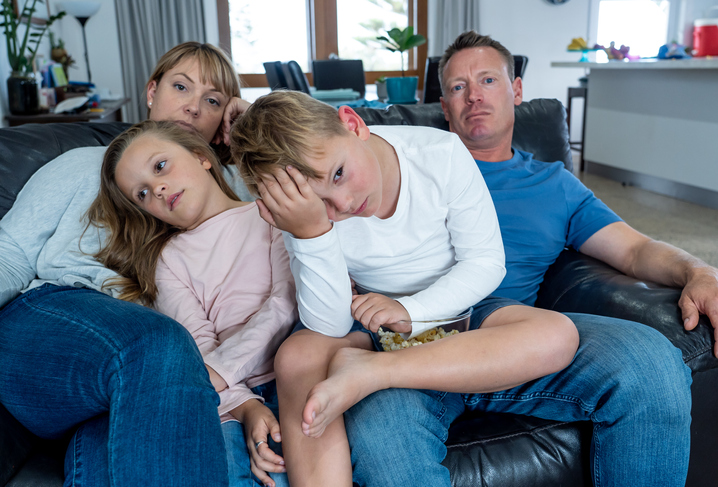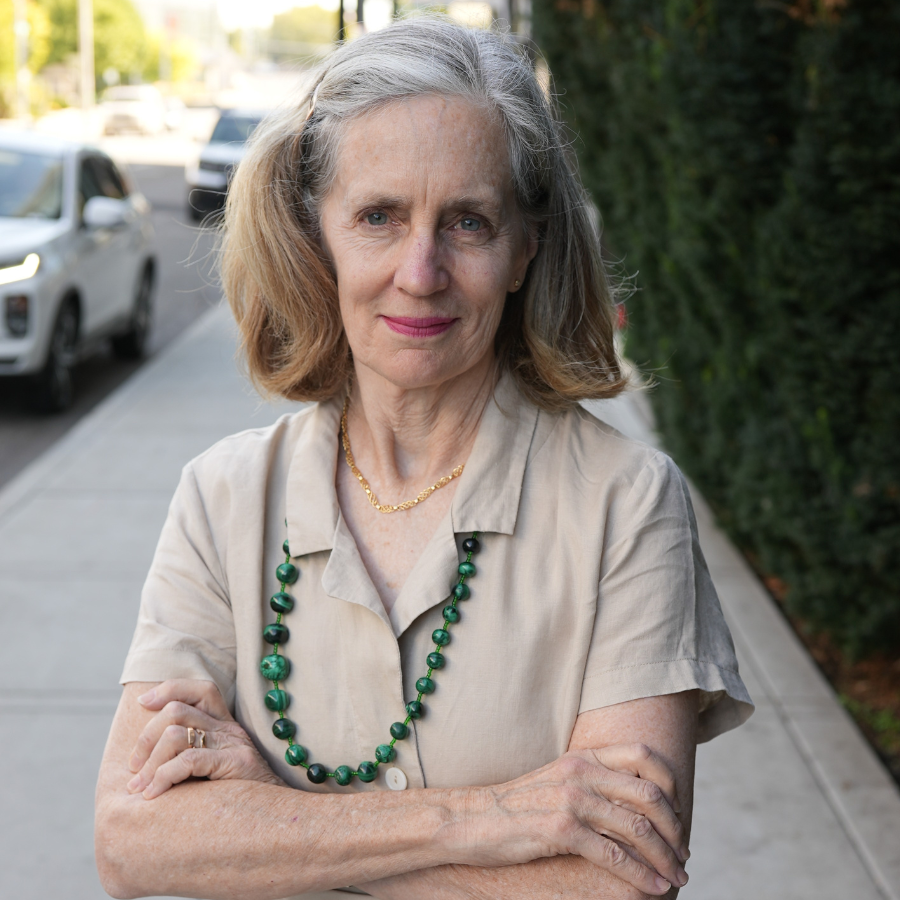Related Articles
Relevant Topics
Schools have been closed for months and families are struggling both financially and to educate their children at home. Meanwhile, earlier this month public education special interests gathered to work the system to increase taxes and get more money.
Speaking at a public hearing in early October, representatives from established interest groups pressed the Tax Structure Work Group in Olympia for higher taxes on working families. Here are examples from the public record:
Roz Thompson of the Association of School Principals (ASP) said that while she “doesn’t feel like a tax expert” she is upset that some classroom teachers now get paid more than principals (at the 2:29:57 time mark).
Dan Steele of the Washington Association of School Administrators (WASA) said he thinks that, despite record increases, “there is still underfunding in the system.” He said he wants the state to make it easier for him to raise local property taxes, which would certainly benefit the members of his association (at 2:31:44).
Art Clark of the Washington Association of School Business Officials (WASBO) said schools should get more tax money, which would benefit his members’ budgets (at 2:37:40).
Lorrell Noahr of the Washington Education Association (WEA) union voiced a similar message, seeking more public funding that would benefit her members (at 2:43:01).
Marissa Rathbone of the Washington State School Directors Association (WSSDA) said “…it is great to see that all the education stakeholder groups are on the same page” in pushing for a tax increase and that, “We will weigh in on tax packages [increases] as they come forward” (at 2:56:03).
Nancy Chamberlain of the Washington State PTA, said “she is not a tax policy expert,” but joined the demands for adding more money to the system. She did not seek to safely re-open schools on behalf of parents and children (at 2:50:48).
State spending on public schools has doubled in the last ten years, and, with local and federal funding, now totals $17 billion a year, or $16,000 per student. That is more than the tuition at most private schools. Classroom teachers make up a minority of school district employees, as payrolls are expanded to provide high-paying jobs for non-instructional staff, and record numbers of families are leaving traditional schools for charter public schools and other alternatives.
Not surprisingly public school families feel frustrated and overwhelmed. Public education officials seem to have no sympathy for their problems, as families struggle with health threats, falling household incomes, lost jobs, closed schools, and haphazard, hastily-conceived online learning programs.
Meanwhile, powerful interest groups travel to Olympia and appear online to protect their own budgets and seek more money. To the average Washingtonian, their message and their actions make them look greedy and insensitive. If these school officials and unions executives really cared about children, as they say they do, they would promote flexible learning options and more school choice. If helping children were really their top priority they would use their massive lobbying power toward directing education resources to families, instead of into their own budgets.






